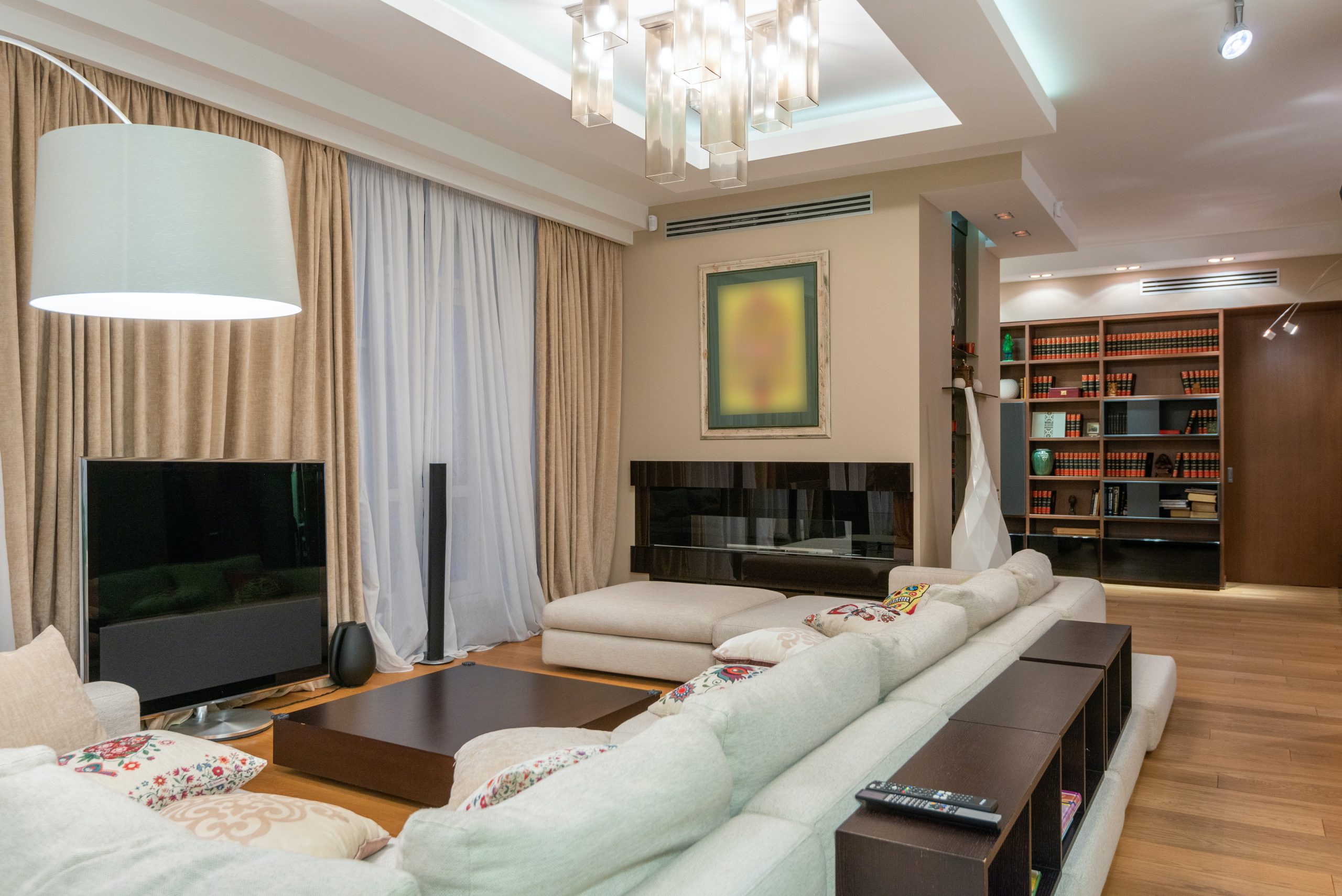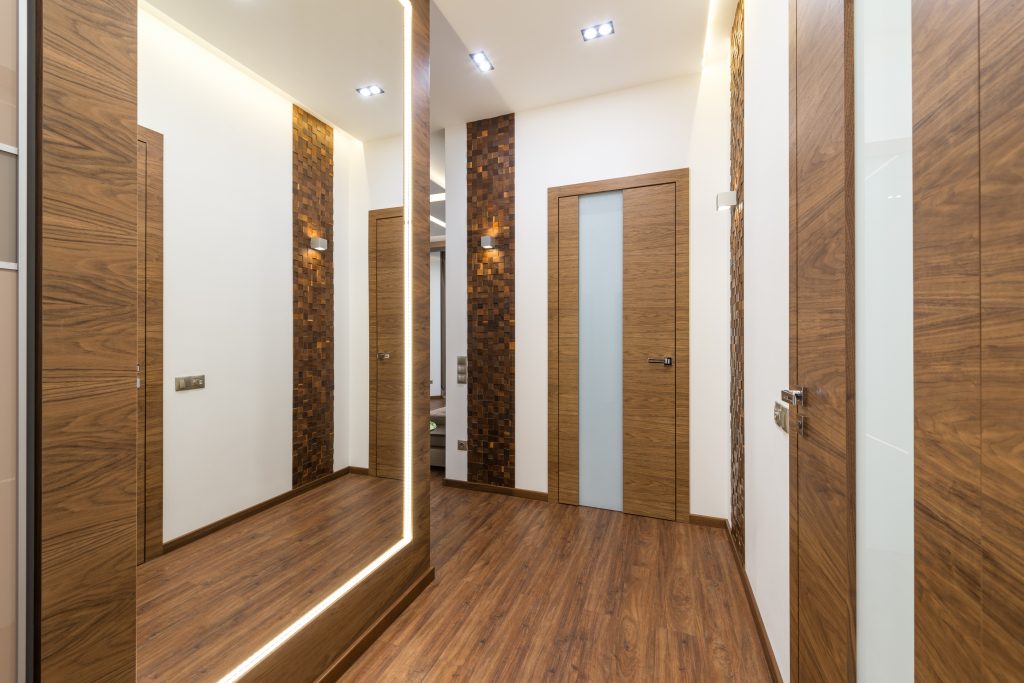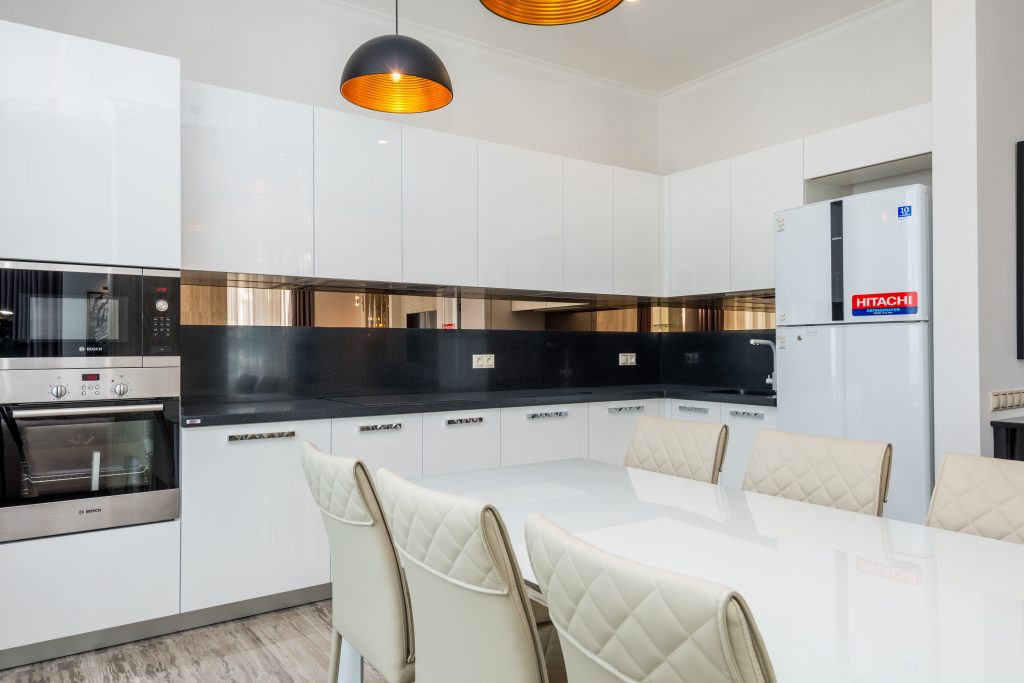Introduction Business fires can cause extreme destruction of business structures, materials, and equipment. In case of a tiny flame, staff

When creating an HVAC design for apartment buildings and condos, there are various options of air conditioning systems you can choose from. However, your choice must consider how the system will affect all the stakeholders including the contractors, developer, owner, and tenants over the life of the building. For instance, a contractor is concerned with reduced callbacks and ease of installation, while the developer is mainly concerned with ROI. On the other hand, the tenant wants a comfortable indoor space, while the building management aims to reduce maintenance. Therefore, you’ve to choose an HVAC system that meets the needs of every stakeholder.
Besides, condos and apartments tend to have unique cooling and heating needs. More importantly, the selected HVAC system must provide comfort to the tenants without costing the building owner too much money. Luckily, there are HVAC systems that are specifically designed to work in apartments, condos, and other multi-unit buildings. That’s exactly what we’ll be looking at to help you find the best HVAC selection for your condominium or apartment building!
HVAC systems for apartments & Condos

A Water Source Heat Pump (WSHP) provides a refrigerant-based cooling/ heating system for each unit served by the building level water loop. Ideally, the building unit-based heat pump draws or rejects heat from the building water loop. The building system comprises a boiler, cooling tower, and pipework to transport the water. In addition, the system includes a reversing valve, coil, fan, heat exchanger, compressor, and mixing valve.
That aside, a Water Source Heat Pump offers an easy way to meet the needs of everyone involved in a condo or apartment building project.
From a developer perspective, a WSHP system offers a lower up-front cost compared to a conventional chilled water system. With a chilled water system, you would need a boiler, chiller, fan coil systems, and a 4 -pipe insulated system. However, a Water Source Heat Pump doesn’t need insulation and eliminates one set of pipes. Better still, its cooling tower is less complex, less costly, and easier to maintain than air-cooled chiller systems. Moreover, it eliminates the need for external equipment, increasing the appearance of the building exterior and reducing sound pollution.
As for the contractor, the WSHP system is easier to install and less complex, thus reducing the risk of damage during installation. At the same time, this benefits the building management since it requires fewer maintenance costs. Lastly, the system ensures that the occupants of the condo or apartment buildings enjoy a highly efficient and quiet HVAC system while keeping their spaces comfortable.
Alternatives to a Water Source Heat Pump for condos and apartments
When choosing the overall HVAC system design for a multi-family residential building, there are 2 alternatives to a WSHP system you can consider; air-cooled heat pumps and chilled water fan coil units. Each of these systems has its pros and cons when compared to the Water Source Heat Pump system.
This option involves putting an air-cooled heat pump system in each condo or apartment unit. As a result, it will be easy to monitor the heating/ cooling charges for each unit. Moreover, it will eliminate all building level systems since the air-cooled designs will distribute conditioning throughout the units.
On the downside, this HVAC selection affects the aesthetics of the multi-family building’s exterior since each unit requires a condensing unit. However, you can avoid this challenge by installing them on the roofs of low-rise multifamily buildings. Unfortunately, this will centralize the noise generated by the condensing units, which can distract the tenants living on the top floor.

Chilled water systems are some of the most traditional HVAC systems for large buildings. The design features a chiller that cools the water and distributes it to individual units in the building to cool the indoor air. For that, it requires insulated supply piping, pumps, and insulated return piping to connect the chiller to each unit. On top of that, each unit requires a fan coil that will transfer heat from the room to the water in the chiller. Moreover, this HVAC system requires a boiler to supply heated water to each unit to heat air in every space.
One benefit of chilled water systems is that their fan coils operate quieter than a Water Source Heat Pump System since it doesn’t have a compressor.
However, this HVAC design for apartment buildings and condos has its sets of drawbacks. For instance, this system has a very complex design that includes multiple pumps, pipe systems, and a chiller, thus requiring a more skilled maintenance program. On the same note, the maintenance of this system can affect the whole building since it has a centralized cooling/ heating plant. In addition, the chilled water pipes experience condensation if they’re not properly insulated throughout the building.
Moving on, a chilled water system offers some efficiency over a WSHP system during cooling when operating at full load, although this rarely happens. All in all, several energy studies have demonstrated that a WSHP system has better energy efficiency than a traditional chilled water system.
Final Word
The selection and MEP design for apartment and high-rise residential structures is a significant factor in the future operations of the building. Therefore, it’s important to choose the best HVAC system, bearing in mind that the decision will affect the building throughout its lifecycle.
If you want any form of assistance in choosing the best HVAC system for your existing or newly built condos or apartment buildings in California, Contact Innodez Design & Engineering. Our commercial HVAC specialists will ensure that you have the best HVAC design for your multi-unit residential building.
About Author
InnoDez